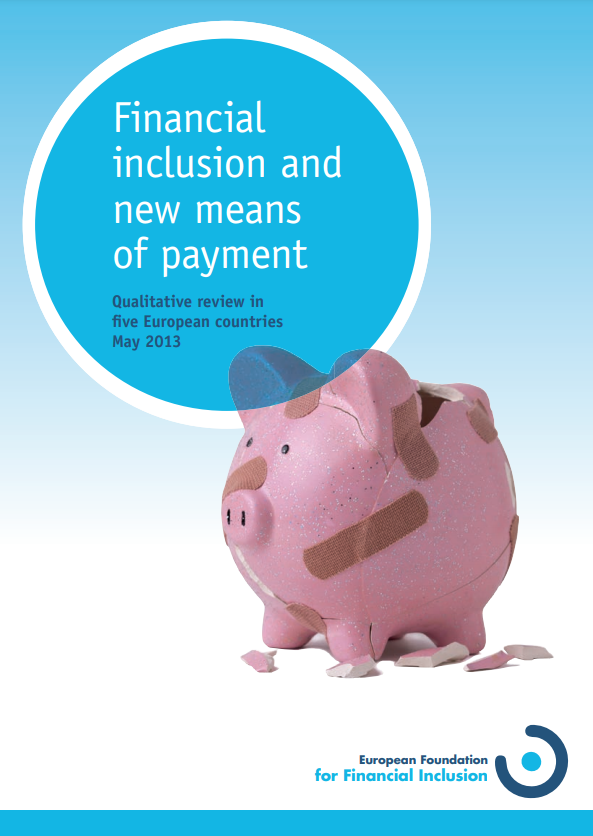“Executive summary
- Since financial inclusion often refers one’s access to a bank account or to appropriate credit,
the way vulnerable people make their financial transactions, with or without a bank account,
and the way they use their bank account transaction facilities is not well documented. - This qualitative survey, implemented in France, Italy, Poland, Sweden and the United Kingdom,
sheds light on the various ways vulnerable people make payments and manage their
money. Interviews based on a common questionnaire have been carried out with professionals
dealing on a daily based with vulnerable people. Five specific groups have been studied :
migrants, low-income people, over-indebted people, old people and the disabled. A minimum
of five interviews have been carried out per country. - The new means of payment considered in this study are mainly the ones which require access
to a bank account (i.e. bank transfer, debit card, internet banking). On a few occasions, prepaid
cards or e-wallets have been mentioned. - These new means of payment are not as accessible as cash. They always require something in
addition, including ; an identification card, proof of residence, good credit history, clear credit
balance, physical dexterity (computer, keyboards, screens), technological knowledge (information
technology devices), speed of memory (personal identity codes/security process),
budgeting skills to keep clear tracks of expenditure (when using various means of payment
available to spend limited resources). - If new means of payment are sometimes seen as an opportunity to increase financial inclusion
and to reduce the risk of difficulties related to cash handling, this report presents how
technology today does not always take vulnerable people into account. There are some exceptions
that illustrate the high potential of technology to make life simpler for a broad range
of people, but certainly not all of them. Indeed, the recent changes in transactions show
increased complexity, but also an increase in fees related to the use of traditional means of
payment : cash, paper-based transactions or plain physical contact-based transactions. - This report opens a small window on a significant dimension of financial inclusion, that
should lead all stakeholders involved to investigate more, to learn and to innovate, taking
into account the fact that being able to make a transaction is an essential need in today’s
economy to live a normal life and integrate fully into modern society”





